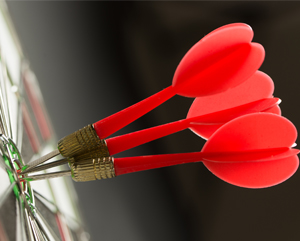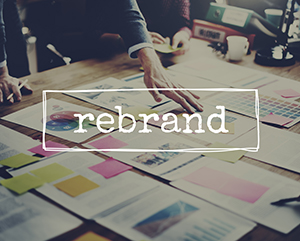The continuity of changing consumer behaviour
There is much discussion about how marketers must adapt to changing consumer behaviour in order to survive. Recently Marketing Week published a story headlined ‘Starbucks on battling the ‘devastating’ impact of changing consumer behaviour.’ As far as adjectives go, devastating is pretty strong. The quote came from the brand’s new CEO Kevin Johnson in response to a Wall Street Journal article. The piece noted that more US retail stores have closed in the first quarter of 2017 than in the whole of 2016. Johnson argued the WSJ article illuminates a “seismic shift” in consumer behaviour, and the ‘devastating impact this sea change is having on many traditional brick-and-mortar retailers.’
The pace of change
Many retailers face a challenge in keeping in-store footfall at a peak. Is the notion of changing consumer behaviour really such a “devastating”, or indeed novel, concept? The idea has gained currency in marketing commentary. It’s largely a response to the unrelenting influx of new technologies into the marketing arena. Although technology has opened many new avenues for creative exploration, it can often feel like a game in which the goalposts are constantly being moved.
For Campaign Live, the continued rise of Virtual Reality (VR) technology is the biggest technology challenge. Boldly claiming that ‘we’re leaving the age of products and advertising,’ Campaign Live argued that ‘for years, brands have relied on marketing to bring them closer to consumers’ but with ‘72% of millennials prioritis[ing] experience over ‘stuff’’, marketers are increasingly making forays into the creation of meaningful experience.’
Net Imperative argued, however, that mobile is the source of much day to day behavioural change. Their handy infographic demonstrates that, when aligned with Maslow’s Hierarchy of Needs, mobile is beginning to feed even our demand for self-actualisation through its focus on becoming a platform that encourages creativity as a means of communication (think Instagram, Pinterest).
The certainty of change
In the years 535 BC – 475 BC lived a Greek philosopher named Heraclitus of Ephesus. He is reported as saying ‘everything changes and nothing stands still’ and that ‘you could not step twice into the same river.’ Often translated as ‘the only constant is change’, the idea that change is an inevitable component of human life has become entrenched in Western philosophy.
Fast forward two and a half millennia, and it seems rather odd that the modern marketer is so perplexed by the prospect of change. After all, even in the comparatively short history of marketing, the industry has weathered some astronomical changes. Few would seriously suggest today’s marketing world is reminiscent of the rampant sexism, alcoholism and racism portrayed in the hit US show Mad Men. Few would question the now central role of the internet in what was once an industry fuelled by glossy magazines, radio commercials and the humble billboard.
Of course, technological developments may have sped up the rate of change. Yet the still central role that marketing plays in the modern economy is testament to the fact that, if marketers have shown themselves to be anything, adaptable to change and resilient to challenges they are.
How to deal with change anxiety
This longstanding record is no reason to be complacent. It demonstrates that marketers will continue to respond to changing consumer behaviour. One strong example of this is confectionary giant Mondelez, who according to an article by Marketing Interactive recently reported a 7% spike in revenue as a result of changing consumer behaviour. Mondelez told Marketing Interactive that its focus in the coming years will be its venture into e-commerce, namely through collaboration with online shopping platforms, to keep up with consumers’ lifestyles and make its products available ‘wherever the consumer might be.’
Annabel Venner, global brand director at insurance firm Hiscox, told Marketing Week that in fact part of marketing’s role is to actively change consumer behaviour. Venner claimed ‘it all starts with a clear understanding of what consumer behaviour you are trying to change – what do they ‘think, feel, do’ in relation to your brand now, and what do you want this to be in the future.’ She argued that by using insights, KPIs and a clear strategy, marketers are able to resonate at each consumer touchpoint. This enables them to persuade consumers to engage more frequently and effectively with the brand.
We must see changing consumer behaviour as an opportunity to be capitalised upon rather than a challenge to be overcome. Marketers can then break out of the cycle of change anxiety that seems to have gripped commentators. In unpacking the concept, it is clear to see that marketing has already weathered a lifetime of change. This will only continue with the pace of technological development.
Would you like to discuss consumer behaviour for your brand? Then get in touch with the creative marketing experts at Think OTB.




